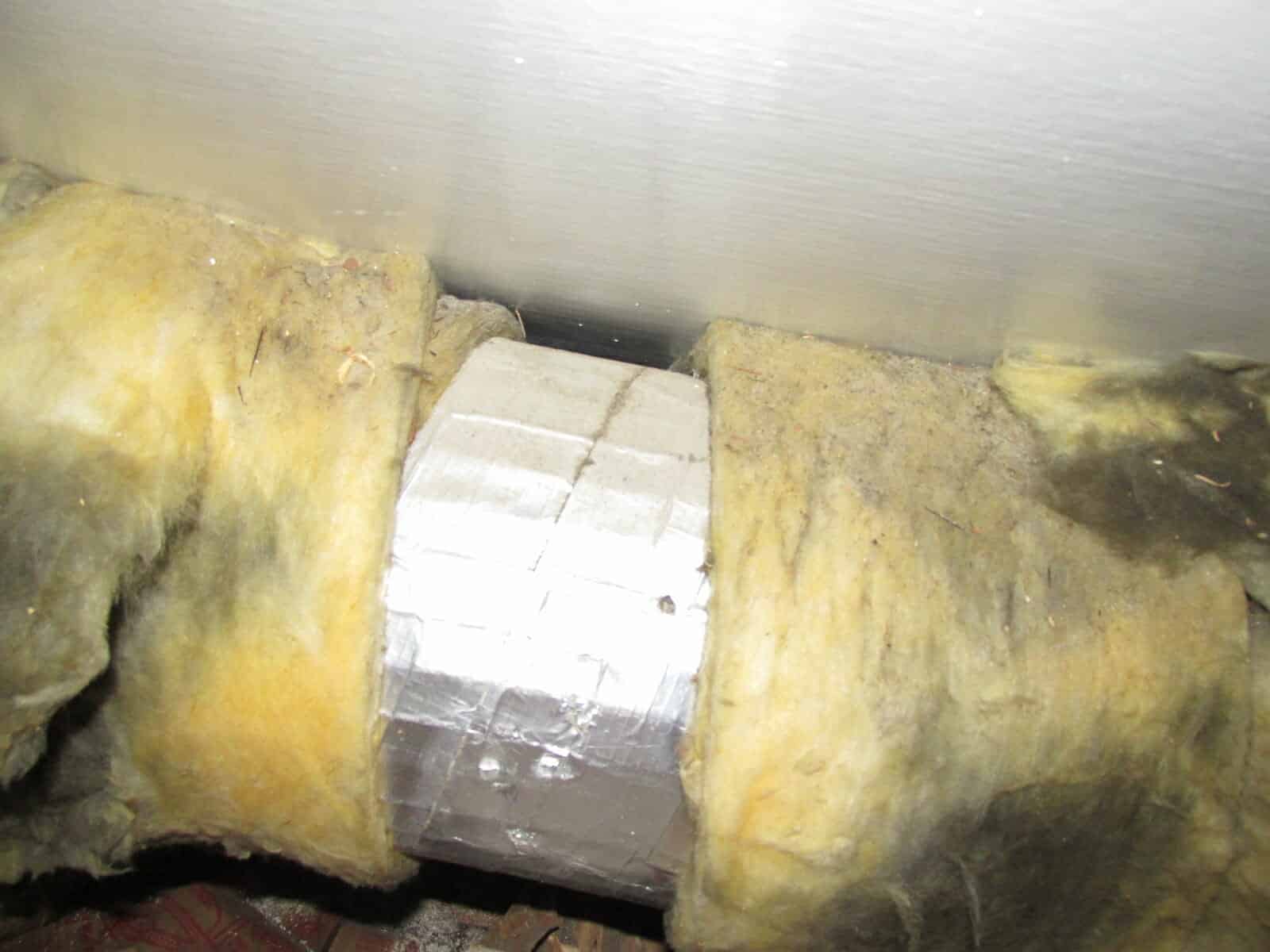

Articles
How To Identify Asbestos Duct Insulation
Modified: December 7, 2023
Learn how to identify asbestos in duct insulation with our informative articles. Protect yourself and your family from potential health risks.
(Many of the links in this article redirect to a specific reviewed product. Your purchase of these products through affiliate links helps to generate commission for Storables.com, at no extra cost. Learn more)
Introduction
Asbestos duct insulation is a topic of concern for many homeowners and building owners due to its potential health risks. Asbestos, a fibrous mineral widely used in construction materials until the late 1970s, is known for its heat resistance and durability. However, it is also highly carcinogenic and can pose a serious threat to human health if disturbed or inhaled.
Identifying asbestos duct insulation is crucial in ensuring the safety of occupants and workers in buildings. This article aims to provide guidance on how to recognize asbestos duct insulation, the health risks associated with it, and the steps to take if it is discovered.
The presence of asbestos duct insulation is particularly concerning because it is often found in areas where it can easily become damaged or deteriorate. This can lead to the release of asbestos fibers into the air, increasing the risk of inhalation. Therefore, understanding how to identify asbestos duct insulation is essential for proactive risk management and effective asbestos removal.
In the following sections, we will explore the characteristics of asbestos, the dangers associated with asbestos duct insulation, and the various methods that can be employed to identify its presence. It is important to note that while visual inspection and lab testing can provide initial indications, hiring a professional asbestos inspector is often the most reliable option to accurately identify and assess the risks associated with asbestos-containing materials.
If asbestos duct insulation is found, it is crucial to follow the appropriate steps for safe removal in order to minimize exposure and prevent health complications. Taking the necessary precautions and working with experienced professionals is essential to ensure the safety of everyone involved and to mitigate the risks associated with asbestos exposure.
By educating ourselves about asbestos duct insulation and understanding the steps to identify and handle it safely, we can protect our health, the health of others, and contribute to creating a safer environment in our buildings and homes.
Key Takeaways:
- Identifying asbestos duct insulation is crucial for protecting the health of building occupants and workers. Visual inspection, lab testing, and professional expertise are essential for accurate identification and safe management of asbestos-containing materials.
- Proper removal of asbestos duct insulation requires trained professionals who follow safety protocols and adhere to local regulations. By prioritizing safety and working with qualified experts, the risks associated with asbestos exposure can be minimized.
Read more: How To Tell If Insulation Is Asbestos
What is Asbestos?
Asbestos is a naturally occurring mineral that was widely used in the construction industry for its desirable properties, including heat resistance, durability, and insulating capabilities. It was commonly used in building materials such as insulation, roofing shingles, flooring tiles, and ductwork insulation.
Asbestos has been used for thousands of years, but its dangers were not fully understood until the 20th century. It was discovered that when asbestos-containing materials are disturbed or deteriorate, microscopic fibers are released into the air. These fibers are invisible to the naked eye and can remain suspended for long periods, allowing them to be easily inhaled.
There are several types of asbestos fibers, the most common being chrysotile (white asbestos), amosite (brown asbestos), and crocidolite (blue asbestos). Each type of asbestos has varying degrees of resistance to heat, chemicals, and electrical currents, which contributed to their widespread use in different applications.
Although the use of asbestos in construction materials has significantly declined since the 1970s due to its health risks, it can still be found in older buildings and homes. It is important to note that asbestos is only hazardous when it becomes friable, meaning it can easily crumble or is disturbed, releasing the dangerous asbestos fibers into the air.
Identifying asbestos-containing materials is crucial, as it allows for appropriate management and removal to minimize the risk of exposure. Asbestos can be present in various forms, including but not limited to insulation, pipes, ceiling tiles, vinyl flooring, sprayed-on coatings, and ductwork insulation.
Given the dangers associated with asbestos exposure, it is important to be informed and take proper precautions when dealing with materials that may contain asbestos. In the following sections, we will explore the specific concerns related to asbestos duct insulation and discuss how to identify this potentially hazardous material.
Why is Asbestos Duct Insulation a Concern?
Asbestos duct insulation poses a significant concern due to the potential health risks associated with asbestos exposure. When asbestos-containing materials, such as duct insulation, degrade or become disturbed, microscopic asbestos fibers can be released into the air. These fibers can be easily inhaled and can cause serious health problems, including respiratory issues and various forms of cancer.
The primary health risk associated with asbestos exposure is the development of lung diseases, such as asbestosis, lung cancer, and mesothelioma. Asbestosis is a chronic lung disease characterized by scarring of the lung tissue, which can lead to breathing difficulties and coughing. Lung cancer and mesothelioma are aggressive and often fatal cancers that can develop years or even decades after asbestos exposure.
Asbestos duct insulation is particularly concerning because it can easily deteriorate due to its location and age. The insulation may come into contact with moisture, which can cause it to degrade, crumble, or become friable. Additionally, any maintenance or renovation work near the ductwork can disturb the insulation and release the asbestos fibers into the surrounding air.
It is important to note that asbestos fibers are extremely durable and can remain in the air for a long time. This means that individuals may unknowingly inhale these fibers, even years after the initial asbestos release. Therefore, proactively identifying and safely managing asbestos-containing materials, such as duct insulation, is crucial to minimizing the health risks associated with asbestos exposure.
Another concern with asbestos duct insulation is the potential for cross-contamination. Asbestos fibers can easily spread to other areas of the building through ventilation systems, putting occupants and workers at risk even in areas not directly connected to the insulation. This emphasizes the importance of identifying and appropriately handling asbestos duct insulation to prevent the further spread of fibers and potential exposure.
Given the serious health risks associated with asbestos exposure, it is essential to be proactive in identifying and addressing asbestos-containing materials, including duct insulation. In the following sections, we will explore different methods to identify asbestos duct insulation and discuss the steps to take if it is discovered.
Health Risks Associated with Asbestos Exposure
Exposure to asbestos fibers can lead to various severe health risks. While the immediate effects may not be evident, long-term exposure can result in debilitating and even fatal illnesses. It is crucial to understand the potential health risks associated with asbestos exposure to prioritize safety and take appropriate preventive measures.
The primary health concerns linked to asbestos exposure include:
- Mesothelioma: This rare and aggressive form of cancer affects the thin lining of organs, most commonly the lungs and abdomen. It is primarily caused by asbestos exposure and has a long latency period, with symptoms typically manifesting 20 to 50 years after exposure. Unfortunately, mesothelioma is often diagnosed at advanced stages, making treatment more challenging.
- Lung Cancer: Prolonged exposure to asbestos can significantly increase the risk of developing lung cancer. Smokers who are exposed to asbestos have a higher risk of developing lung cancer compared to non-smokers with similar exposure levels. Symptoms may include persistent coughing, chest pain, and difficulty breathing.
- Asbestosis: Asbestosis is a chronic lung condition characterized by scarring of lung tissue, leading to breathing difficulties. It can develop after prolonged exposure to high levels of asbestos fibers. Symptoms include shortness of breath, persistent cough, chest tightness, and reduced lung function.
- Pleural Disorders: Asbestos exposure can cause various pleural disorders, including pleural plaques, thickening, and effusion. Pleural plaques are areas of thickened and calcified lung tissue that can impair lung function. Pleural thickening refers to the thickening of the pleura, the membrane surrounding the lungs, which can cause chest pain and breathing difficulties. Pleural effusion is the accumulation of fluid in the pleural space, causing chest pain and difficulty breathing.
It is important to note that there is no safe level of asbestos exposure. Even a small amount of exposure over time can potentially lead to health issues. The risk of developing asbestos-related diseases is influenced by factors such as the duration and intensity of exposure, the type of asbestos fibers encountered, and individual susceptibility.
Due to the serious health risks associated with asbestos exposure, it is crucial to take proactive measures to identify and manage asbestos-containing materials, such as asbestos duct insulation. In the following sections, we will discuss how to identify asbestos duct insulation and the steps to take if it is found.
Common Locations for Asbestos Duct Insulation
Asbestos duct insulation was a popular choice in the construction industry due to its fire resistance and insulating properties. It was commonly used in commercial buildings, residential homes, and industrial facilities. While asbestos duct insulation is now considered a hazard and no longer used, it can still be found in older buildings. Here are some common locations where asbestos duct insulation may be present:
- Basements and Crawl Spaces: Asbestos duct insulation may be found in the basements or crawl spaces of older homes and buildings. Insulating the ductwork in these areas was a common practice to regulate temperature and prevent heat loss.
- Attics and Roof Spaces: Some buildings have ductwork running through attics and roof spaces. Asbestos duct insulation may have been used to insulate the ducts in these areas, especially in older constructions.
- Mechanical Rooms: Mechanical rooms, where HVAC systems and equipment are housed, often have ductwork that requires insulation. Asbestos duct insulation may be present in these areas, particularly in buildings constructed before the 1980s.
- Commercial Buildings: Asbestos duct insulation was commonly used in commercial buildings, such as offices, schools, hospitals, and factories. Insulating the ductwork helped maintain a comfortable indoor temperature and improved energy efficiency.
- Industrial Facilities: Asbestos duct insulation was prevalent in industrial facilities where temperature regulation was crucial. It may be found in ducts connected to industrial equipment or used to insulate ventilation systems.
- Air Distribution Systems: Asbestos duct insulation may be present in the air distribution systems of older buildings. This includes ducts that carry air for heating, ventilation, and air conditioning.
It is important to note that asbestos duct insulation may not be easily recognizable, as it is often covered with other materials or painted over. Therefore, it is necessary to conduct proper inspections and testing to identify its presence accurately.
If you suspect the presence of asbestos duct insulation in any of these areas, it is crucial to exercise caution and take appropriate measures to ensure the safety of occupants and workers. In the following sections, we will discuss different methods to identify asbestos duct insulation and determine the steps to take if it is found.
Read more: How To Insulate HVAC Ducts
Identifying Asbestos Duct Insulation
Identifying asbestos duct insulation requires a combination of visual inspection, lab testing, and professional expertise. Asbestos duct insulation is often hidden or enclosed, making it difficult to identify without proper evaluation. Here are the key methods to help identify asbestos duct insulation:
- Visual Inspection: The first step in identifying asbestos duct insulation is conducting a thorough visual inspection. Look for materials that appear fibrous, fluffy, or powdery, as asbestos insulation often has a distinct appearance. It may be gray or white in color and may have a textured surface. However, it is important to note that visual inspection alone is not always sufficient to confirm the presence of asbestos, as other materials can have a similar appearance.
- Lab Testing: To accurately identify asbestos duct insulation, samples must be collected and sent to a certified laboratory for analysis. Lab testing involves taking small samples of the suspected material and analyzing them under a microscope. Certified laboratories can determine the presence and type of asbestos fibers in the sample. This method provides a definitive result and is recommended for accurate identification.
- Hiring a Professional Asbestos Inspector: For a comprehensive assessment and identification of asbestos duct insulation, it is advisable to consult with a qualified and experienced asbestos inspector. These professionals have the expertise and knowledge to conduct thorough inspections, collect samples, and accurately identify asbestos-containing materials.
It is important to note that only a trained professional can definitively identify asbestos duct insulation. It is not recommended to attempt handling or disturbing suspected asbestos-containing materials without professional guidance and appropriate safety measures. Disturbing asbestos-containing materials can release harmful fibers into the air, increasing the risk of inhalation and exposure.
If you suspect the presence of asbestos duct insulation in your building, it is crucial to seek professional assistance. They will conduct the necessary inspections, perform proper sampling, and provide guidance on the next steps to ensure the safety of occupants and workers. In the following sections, we will discuss the appropriate steps to take if asbestos duct insulation is found.
When identifying asbestos duct insulation, look for a white or gray fibrous material with a powdery texture. It may also be labeled as “ASBESTOS” or “ACM.” If in doubt, have a professional test it.
Visual Inspection
Visual inspection is an essential step in identifying asbestos duct insulation. While it may not provide a definitive confirmation, it can help identify potential signs or indications of asbestos-containing materials. Here are some key aspects to consider during a visual inspection:
- Characteristic Appearance: Asbestos duct insulation often has a distinctive appearance. It may appear fibrous, fluffy, or powdery, and is typically gray or white in color. The insulation may have a textured surface and may be wrapped around pipes or ducts.
- Age of the Building: The age of the building can provide a clue regarding the potential presence of asbestos-containing materials. If the building was constructed before the late 1970s when asbestos use started to decline, there is a higher likelihood of asbestos-containing materials, including duct insulation.
- Labeling: In some cases, asbestos-containing materials might have labeling indicating their composition. Look for any labels or markings on the insulation or nearby equipment that might indicate the presence of asbestos.
- Condition and Deterioration: Inspect the condition of the duct insulation. Asbestos-containing materials can degrade over time and may show signs of deterioration, such as crumbling or disintegration. Any signs of damage or deterioration should be taken seriously and regarded as a potential risk for asbestos exposure.
- Construction and Renovation History: Gather information about any previous construction or renovation work that has taken place in the building. If there have been past renovations involving the ductwork insulation, there is a higher likelihood of encountering asbestos-containing materials.
While visual inspection can provide initial indications, it is important to note that it is not a conclusive method for identifying asbestos duct insulation. Other materials, such as fiberglass or mineral wool, can have a similar appearance. Therefore, professional assessment and laboratory testing are required to confirm the presence of asbestos.
If you suspect the presence of asbestos duct insulation during a visual inspection, it is crucial to exercise caution and refrain from disturbing the material. Disturbing asbestos-containing materials can release harmful fibers into the air, increasing the risk of inhalation and exposure. Instead, consult with a qualified asbestos professional who can conduct proper lab testing and provide accurate identification.
In the following sections, we will discuss the process of lab testing and the importance of hiring a professional asbestos inspector to accurately identify asbestos duct insulation.
Lab Testing
Lab testing is a crucial step in accurately identifying asbestos duct insulation. While visual inspection can provide initial indications, lab testing is necessary to confirm the presence of asbestos fibers in the suspected material. Here is an overview of the lab testing process:
- Sample Collection: A trained professional will collect small samples of the suspected material following established guidelines and safety precautions. The samples are carefully sealed and labeled to maintain integrity during transportation to the laboratory.
- Laboratory Analysis: The collected samples are sent to a certified laboratory specializing in asbestos analysis. Highly trained analysts use advanced techniques to examine the samples under a microscope. They identify and quantify any asbestos fibers present in the material.
- Fiber Identification: During the laboratory analysis, the analysts determine the type and amount of asbestos fibers present in the sample. They identify whether the fibers belong to the common types of asbestos, such as chrysotile (white asbestos), amosite (brown asbestos), or crocidolite (blue asbestos).
- Report and Results: Once the analysis is complete, the laboratory provides a detailed report with the results of the analysis. The report will indicate whether asbestos fibers were detected and to what extent. This information is crucial in determining the appropriate actions to take for the management of asbestos-containing materials.
Lab testing provides a definitive confirmation of asbestos presence and identifies the specific type of asbestos fibers. This information is essential for accurate identification and appropriate management or removal of asbestos duct insulation.
It is important to note that lab testing should be performed by professional and accredited laboratories. Certified laboratories employ rigorous testing protocols and adhere to strict quality control measures to ensure accurate and reliable results. Hiring a qualified asbestos professional to collect and send the samples to a certified lab is recommended for the most accurate identification of asbestos-containing materials.
Remember that asbestos fibers are extremely hazardous when released into the air. Therefore, it is crucial to avoid any activities that might disturb the suspected asbestos material before proper lab testing is conducted.
In the following sections, we will discuss the importance of hiring a professional asbestos inspector to accurately identify asbestos duct insulation and the steps to take if it is found.
Hiring a Professional Asbestos Inspector
When it comes to identifying asbestos duct insulation, hiring a professional asbestos inspector is highly recommended. These professionals have the necessary expertise, experience, and equipment to accurately assess and identify asbestos-containing materials. Here are key reasons why you should consider hiring a professional asbestos inspector:
- Expertise: Professional asbestos inspectors have specialized knowledge and training in identifying asbestos-containing materials. They understand the different types of asbestos and the various forms it can take, including duct insulation. Their expertise allows them to conduct thorough inspections and accurately identify potential asbestos hazards.
- Experience: Professional asbestos inspectors have hands-on experience working with asbestos-containing materials. They have encountered various scenarios and have developed the skills to differentiate between asbestos and non-asbestos materials. Their experience enables them to make informed judgments and provide reliable assessments.
- Proper Equipment: Asbestos inspections require specialized tools and equipment to collect samples safely and accurately. Professional inspectors have access to the necessary equipment, such as personal protective gear and sample collection kits. This ensures the samples are collected properly and minimize the risk of fiber release during handling.
- Thorough Inspections: Professional asbestos inspectors conduct comprehensive inspections, including visual assessments and sampling, to identify the presence of asbestos accurately. They examine all potential areas where asbestos duct insulation may be present, ensuring a thorough evaluation of the building or property.
- Lab Testing Coordination: Professional asbestos inspectors work in collaboration with certified laboratories to ensure proper sample handling and analysis. They can assist in coordinating the lab testing process, including the collection, transportation, and analysis of the samples. This ensures accurate identification and reliable results.
- Regulatory Compliance: Professional asbestos inspectors are knowledgeable about asbestos regulations and guidelines, ensuring that their inspections and assessments adhere to all applicable laws and regulations. This guarantees that the identification process is conducted following the appropriate standards, reducing the risk of errors or oversights.
Hiring a professional asbestos inspector provides peace of mind knowing that experts are handling the assessment of potential asbestos duct insulation. They can provide accurate identification and reliable advice on the next steps to take regarding management, encapsulation, or removal of the asbestos-containing materials.
If you suspect the presence of asbestos duct insulation, consult with a reputable asbestos inspection company or certified asbestos professionals. They will conduct a comprehensive evaluation and guide you through the process of identification, testing, and appropriate management of asbestos-containing materials.
In the following sections, we will discuss the steps to take if asbestos duct insulation is found and the importance of safe removal procedures.
Read more: How To Remove Asbestos Pipe Insulation
Steps to Take if Asbestos Duct Insulation is Found
Discovering asbestos duct insulation in your building can be concerning, but it is important to respond appropriately to ensure the safety of occupants and minimize the risk of exposure. Here are the recommended steps to take if asbestos duct insulation is found:
- Contain the Area: If asbestos duct insulation is identified, it is crucial to isolate and contain the affected area to prevent the spread of asbestos fibers. Close off the room or section where the insulation is present and restrict access to it. This will help minimize the risk of contamination in other parts of the building.
- Notify relevant parties: Inform the necessary parties about the discovery of asbestos duct insulation. This includes building owners, occupants, employees, and any other relevant stakeholders who may be affected. Timely communication ensures everyone is aware of the potential risk and appropriate precautions can be taken.
- Consult with professionals: Contact a qualified asbestos removal contractor or consultant who specializes in dealing with asbestos-containing materials. They will provide guidance and advice on the appropriate steps to take based on the specific circumstances of the asbestos duct insulation found.
- Develop a management plan: Work with the asbestos removal contractor or consultant to develop a thorough management plan. This plan should include procedures for safe removal, encapsulation, or ongoing monitoring of the asbestos-containing materials. The plan should comply with local regulations and guidelines to ensure proper handling and disposal.
- Arrange for professional removal or encapsulation: Asbestos removal or encapsulation should only be performed by trained professionals with the necessary equipment and expertise. These professionals will follow strict safety measures to prevent the release of asbestos fibers during the process. The method chosen, whether removal or encapsulation, will depend on the condition of the duct insulation and recommendations from the asbestos professionals.
- Monitor and record: Throughout the removal or encapsulation process, ensure diligent monitoring for any signs of increased asbestos exposure risk. Keep detailed records of all actions taken, including inspections, testing results, and the details of the removal or encapsulation process. These records will be valuable for future reference and documentation.
- Dispose of asbestos properly: Asbestos waste is hazardous and must be disposed of in accordance with local regulations. Work with the asbestos removal contractor or consultant to ensure proper containment and disposal of the asbestos-containing materials. This helps prevent any further risk of exposure to asbestos for both workers and the environment.
- Perform post-removal testing: After the removal or encapsulation process is complete, consider conducting post-removal testing to verify the effectiveness of the measures taken. This testing reassures stakeholders and confirms that the area is now free of asbestos contamination.
Remember, handling asbestos-containing materials requires expertise and adherence to strict safety protocols. It is crucial to work with professionals who are experienced in asbestos removal to ensure proper management and minimize the risk of exposure.
In the following section, we will discuss the importance of removing asbestos duct insulation safely and the potential hazards associated with improper handling.
Removing Asbestos Duct Insulation Safely
Removing asbestos duct insulation should be approached with extreme caution to ensure the safety of all individuals involved and to prevent the release of asbestos fibers into the air. Improper removal can result in the spread of asbestos contamination, posing a significant risk to the health of occupants and workers. Here are important guidelines to consider when removing asbestos duct insulation:
- Hire a licensed asbestos removal contractor: Asbestos removal should only be performed by professionals who are licensed and certified to handle and remove asbestos-containing materials. The contractor should have the necessary training, expertise, and equipment to safely conduct the removal process.
- Follow asbestos regulations and guidelines: Familiarize yourself with local regulations and guidelines pertaining to asbestos removal. These regulations are in place to ensure the safe handling, containment, and disposal of asbestos-containing materials. Adhering to these regulations is crucial to prevent the risk of asbestos exposure and to avoid legal implications.
- Create a controlled work area: Establish a controlled work area by isolating the area where the asbestos duct insulation is located. Use plastic sheeting to seal off the space and prevent the spread of asbestos fibers to other parts of the building. It is essential to ensure proper ventilation within the work area to maintain air circulation and prevent the buildup of airborne fibers.
- Wear appropriate personal protective equipment (PPE): All workers involved in the removal process must wear proper PPE, including disposable coveralls, gloves, respiratory protection (such as a fitted N95 respirator mask or powered air-purifying respirator), and protective eyewear. The PPE should meet the required standards to provide adequate protection against asbestos fibers.
- Minimize fiber release: Use wet methods to minimize the release of asbestos fibers during the removal process. This involves spraying a fine mist of water to suppress dust and keep fibers from becoming airborne. Wetting down the insulation helps to bind the fibers together, reducing their ability to disperse into the air.
- Handle materials carefully: Handle the asbestos-containing materials with care to prevent breakage or damage that could release fibers. Avoid using power tools or abrasive methods to remove the insulation, as these can generate excessive dust and increase the risk of fiber release. Instead, use hand tools and gentle techniques to dismantle the insulation while minimizing disturbance.
- Properly dispose of asbestos waste: Asbestos waste must be disposed of according to local regulations. The contractor will carefully package and seal the asbestos-containing materials to prevent any further release of fibers. The waste will then be transported and disposed of at authorized facilities designed to handle and dispose of asbestos safely.
- Clean and decontaminate the work area: After the removal is complete, thoroughly clean and decontaminate the work area. This includes wet wiping surfaces, vacuuming with HEPA-equipped vacuums, and disposing of all cleaning materials as asbestos waste. Proper decontamination is crucial to ensure the area is safe for reoccupation.
Removing asbestos duct insulation should always be performed by professionals who have the knowledge, experience, and equipment to handle it safely. Their expertise will minimize the risk of fiber release and ensure compliance with safety regulations.
By following these guidelines and working with licensed professionals, you can ensure the safe removal of asbestos duct insulation and protect the health of all individuals involved.
In the following section, we will conclude our discussion on identifying and managing asbestos duct insulation.
Conclusion
Asbestos duct insulation poses significant health risks and should be taken seriously. Identifying and managing asbestos duct insulation is crucial to protect the health of building occupants and workers. Through visual inspection, lab testing, and the expertise of professional asbestos inspectors, it is possible to accurately identify asbestos-containing materials, including duct insulation.
Health risks associated with asbestos exposure are substantial, with diseases such as mesothelioma, lung cancer, and asbestosis being linked to prolonged exposure. Asbestos duct insulation is a concern due to its potential to deteriorate, releasing asbestos fibers into the air. The fibers can be easily inhaled, leading to long-term health complications.
If asbestos duct insulation is found, it is important to take appropriate steps to ensure safety. This includes containing the area, notifying relevant parties, and seeking guidance from a professional asbestos removal contractor or consultant. Developing a management plan and taking necessary actions, such as removal or encapsulation of the asbestos-containing materials, are vital to minimizing the risk of exposure.
Proper removal of asbestos duct insulation requires trained professionals who follow safety protocols, wear appropriate personal protective equipment, and employ wet methods to minimize fiber release. Following local regulations and guidelines for asbestos removal is essential in preventing any legal or health implications.
By understanding the dangers associated with asbestos duct insulation and implementing proper identification, management, and removal procedures, we can ensure the safety and well-being of individuals in buildings and homes. Regular inspections, timely action, and working with qualified professionals are key elements in creating a safer environment and preventing the risks associated with asbestos exposure.
Remember, when it comes to asbestos duct insulation, the health and safety of people should always be the top priority. Stay informed, be proactive, and take the necessary precautions to protect yourself and others from the hazards of asbestos exposure.
Frequently Asked Questions about How To Identify Asbestos Duct Insulation
Was this page helpful?
At Storables.com, we guarantee accurate and reliable information. Our content, validated by Expert Board Contributors, is crafted following stringent Editorial Policies. We're committed to providing you with well-researched, expert-backed insights for all your informational needs.
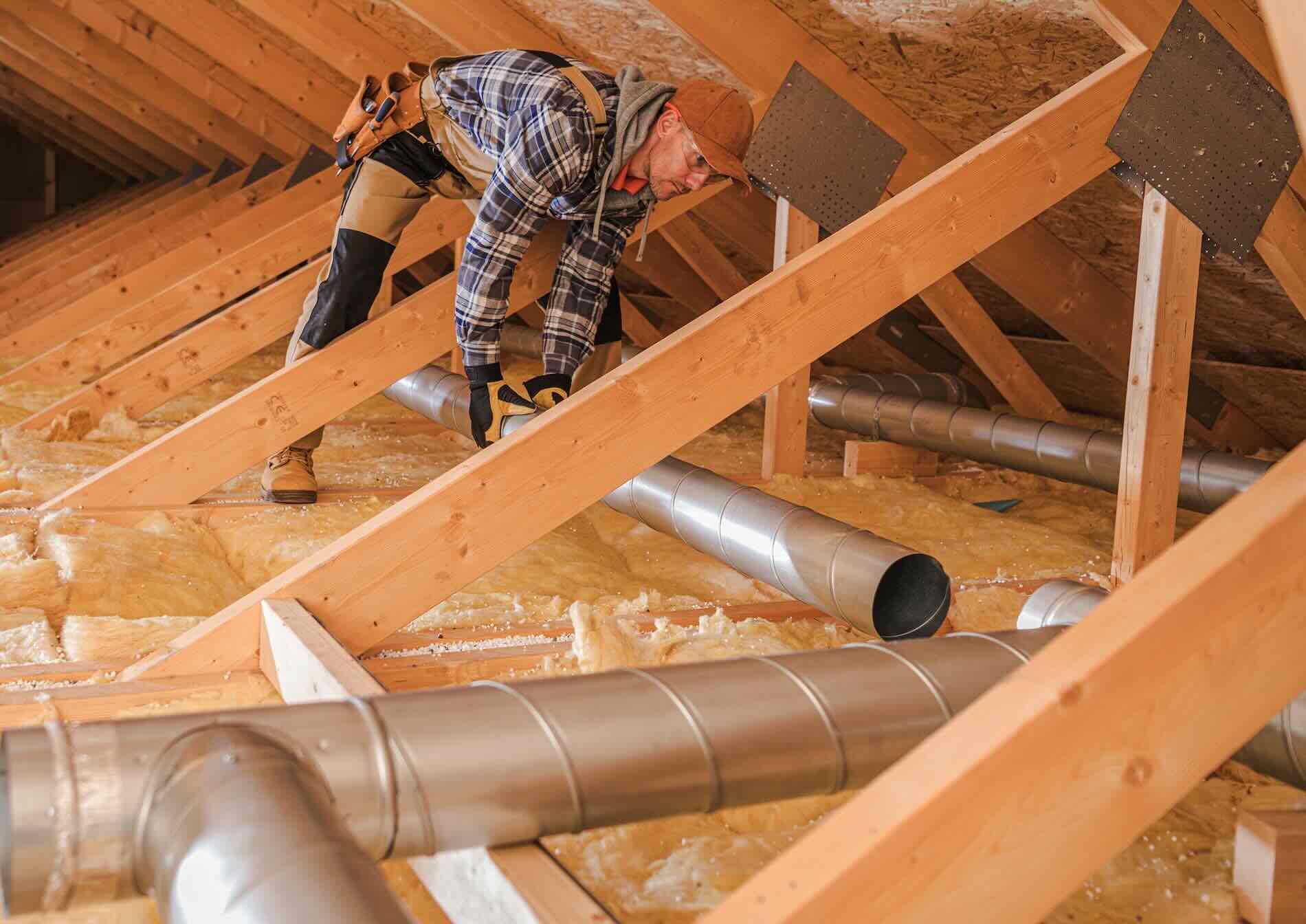
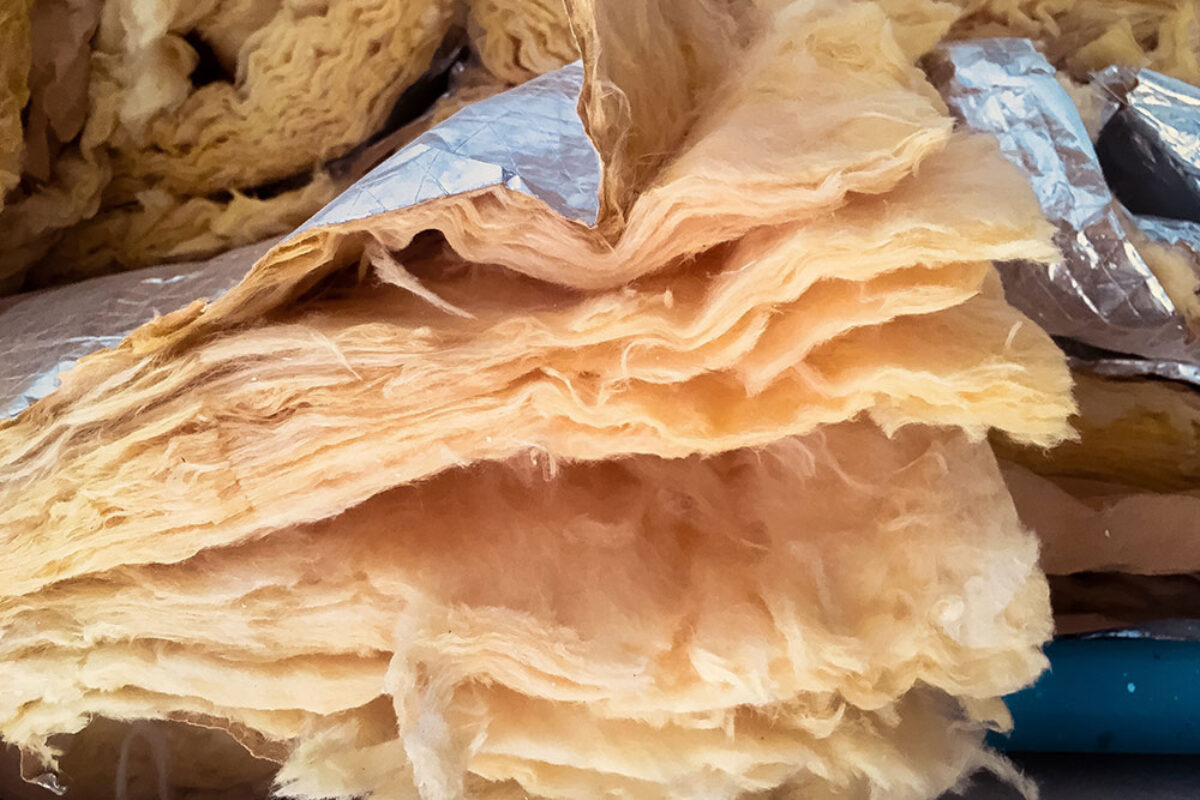
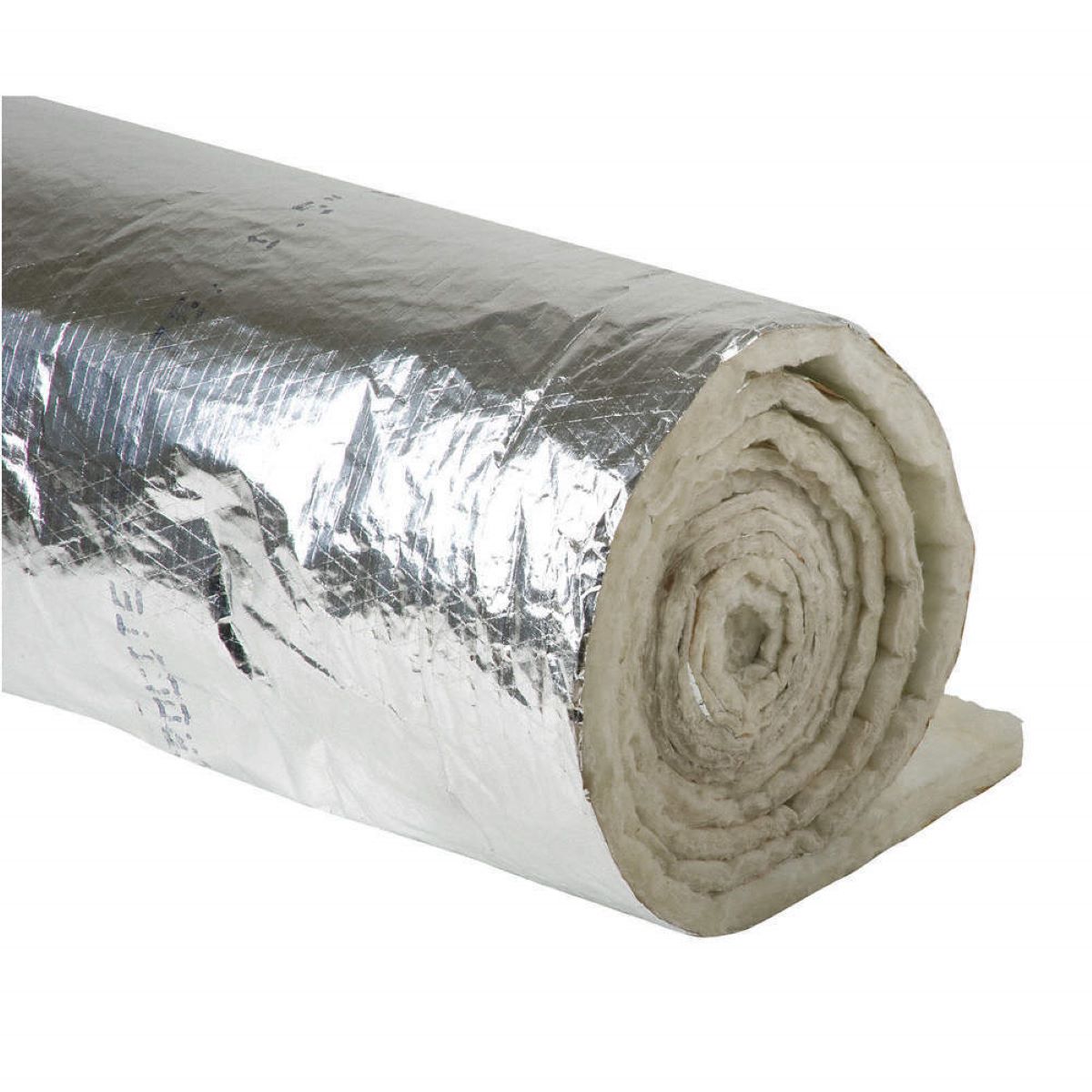
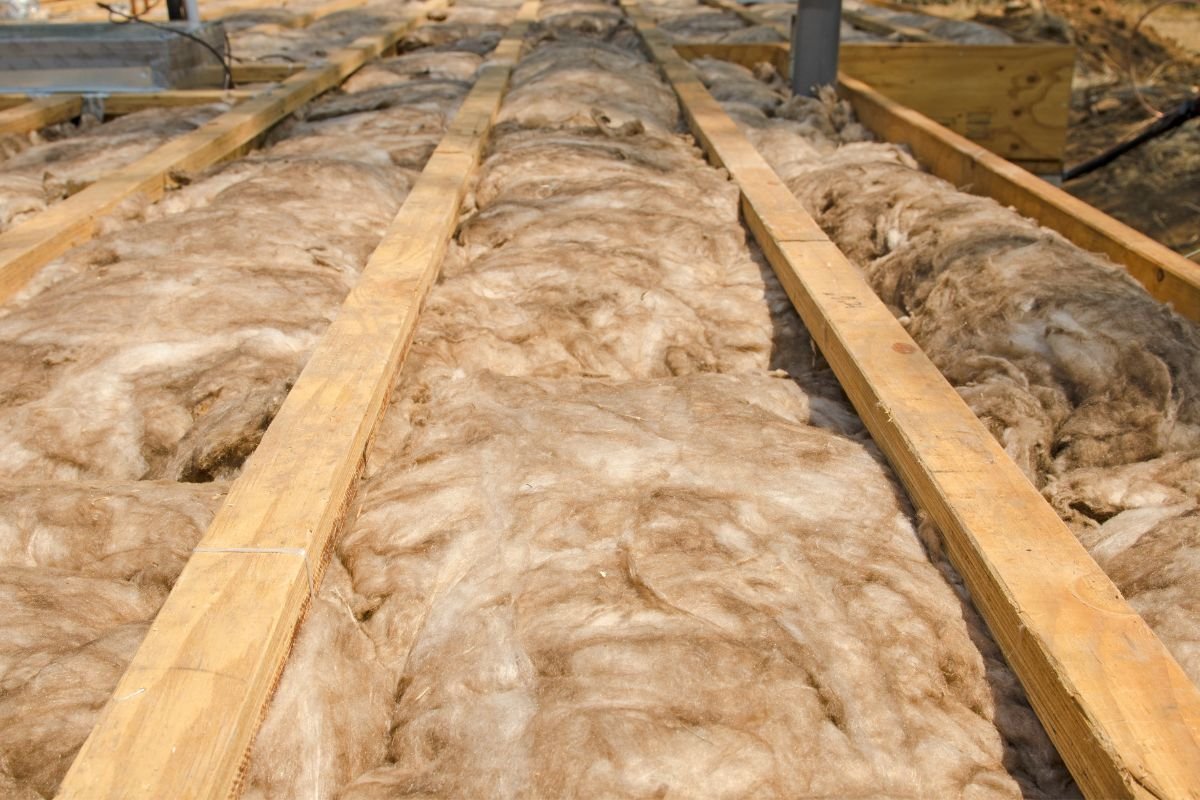
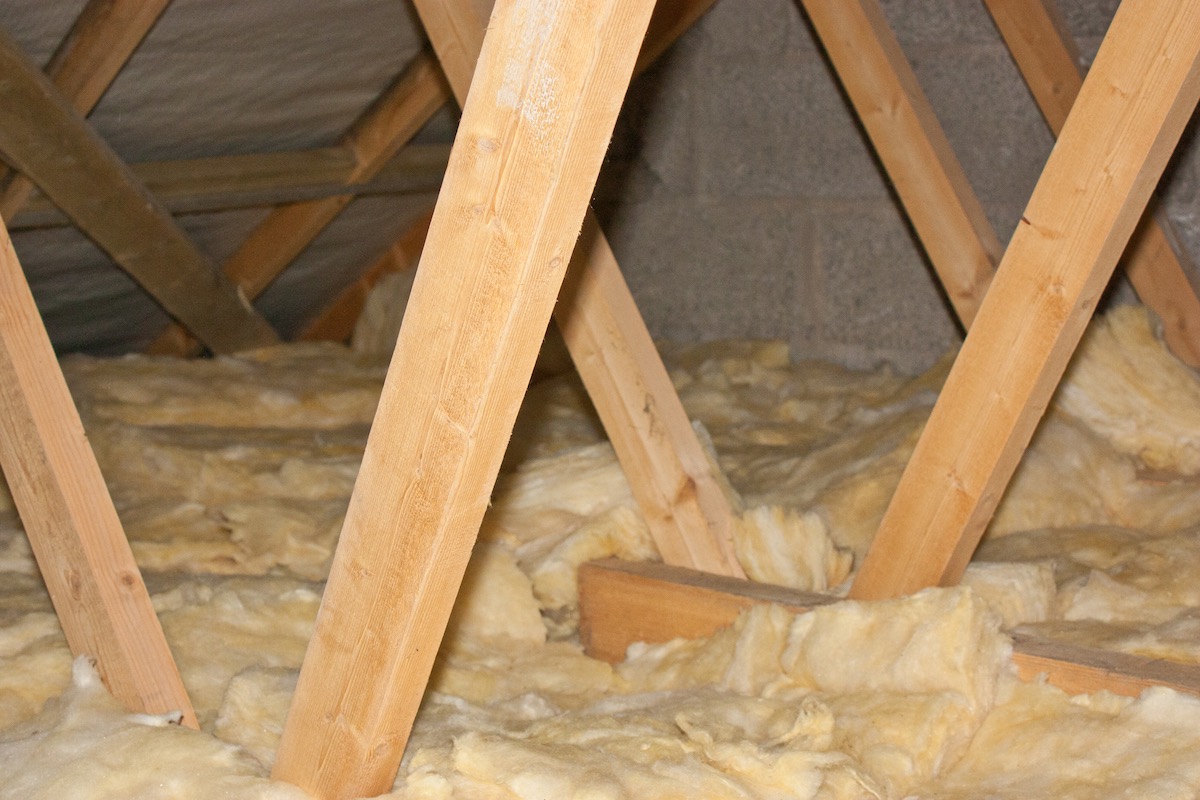
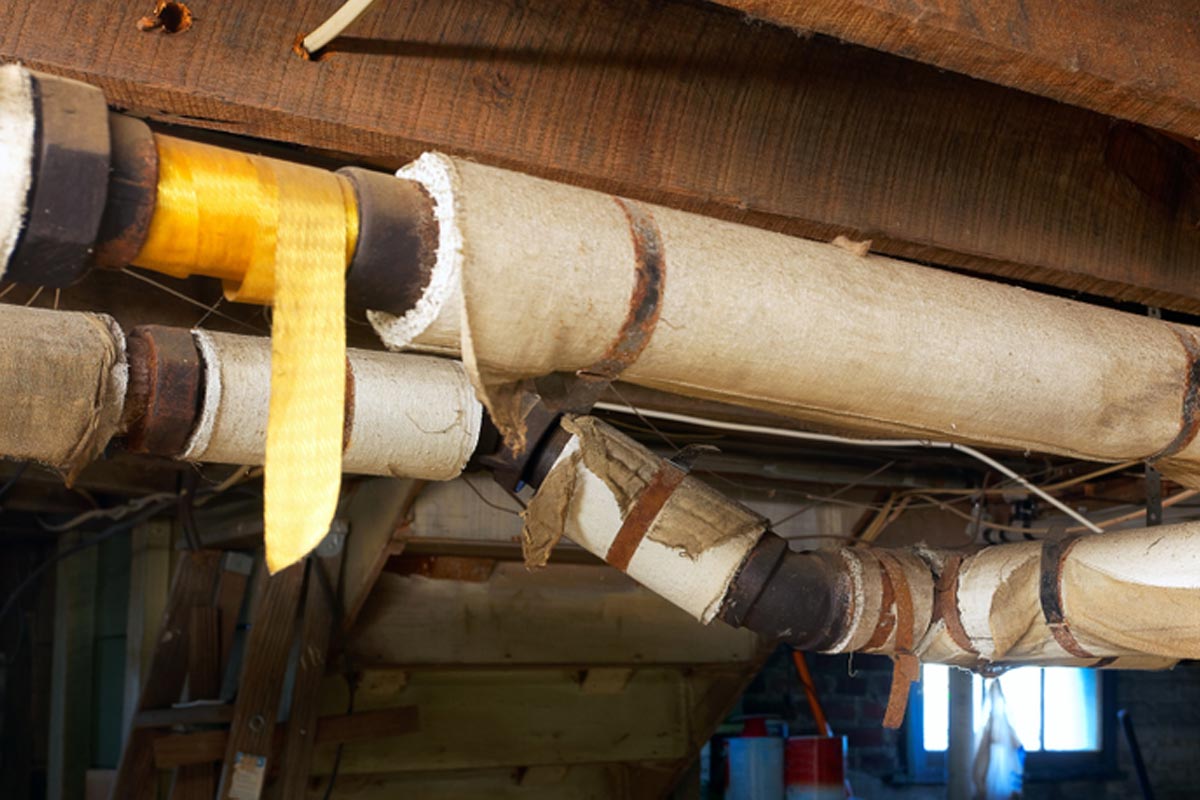
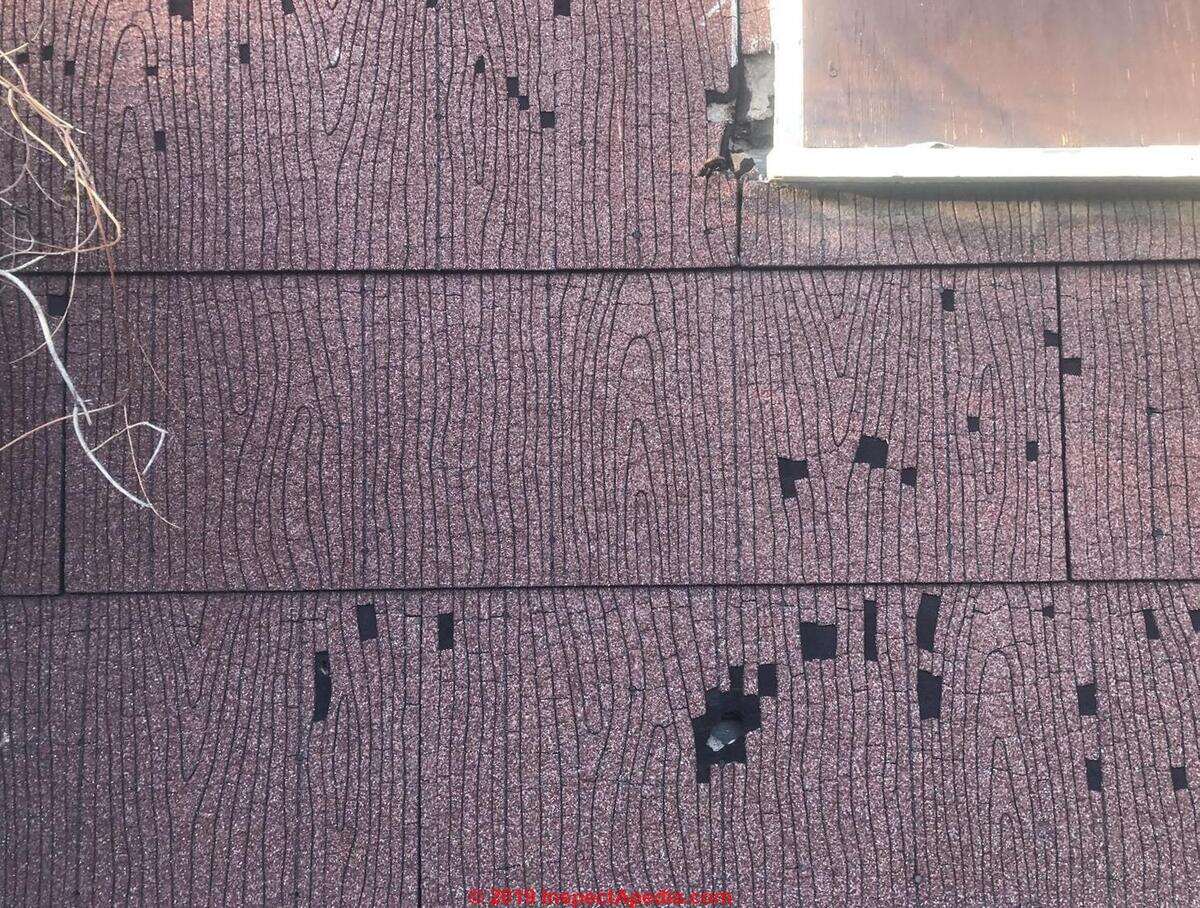
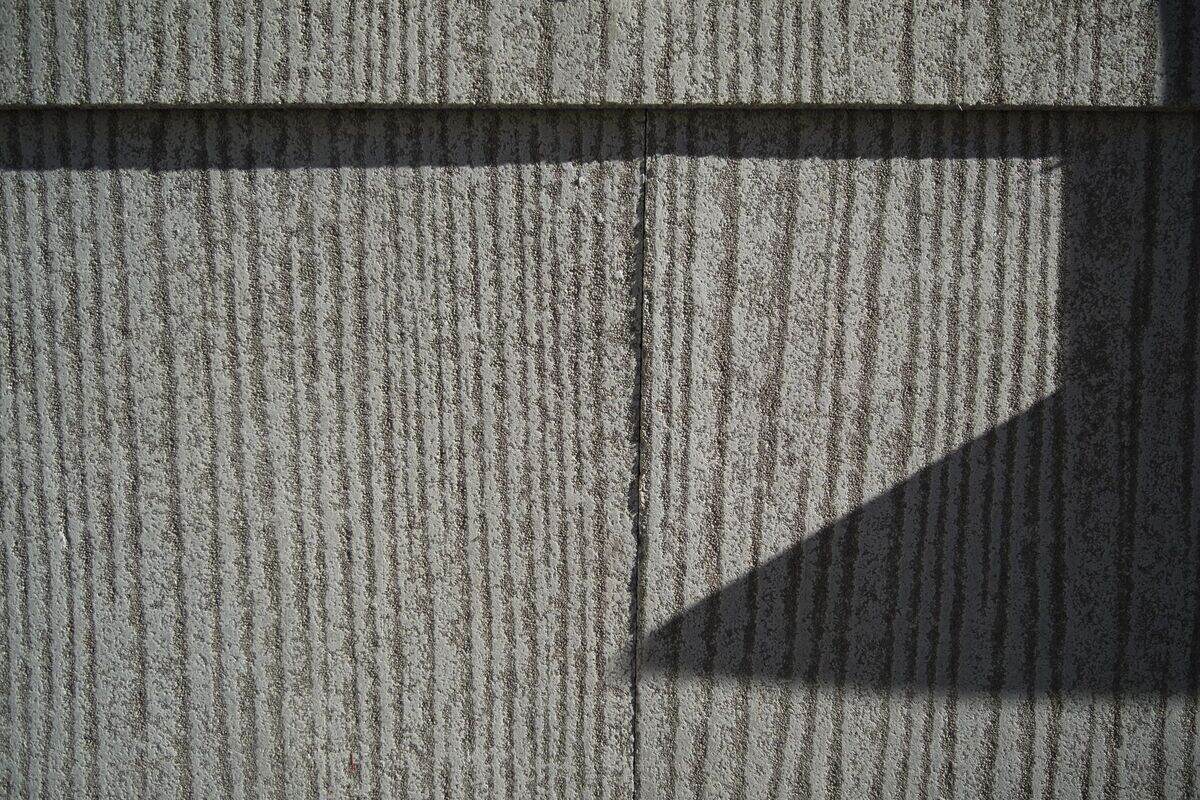

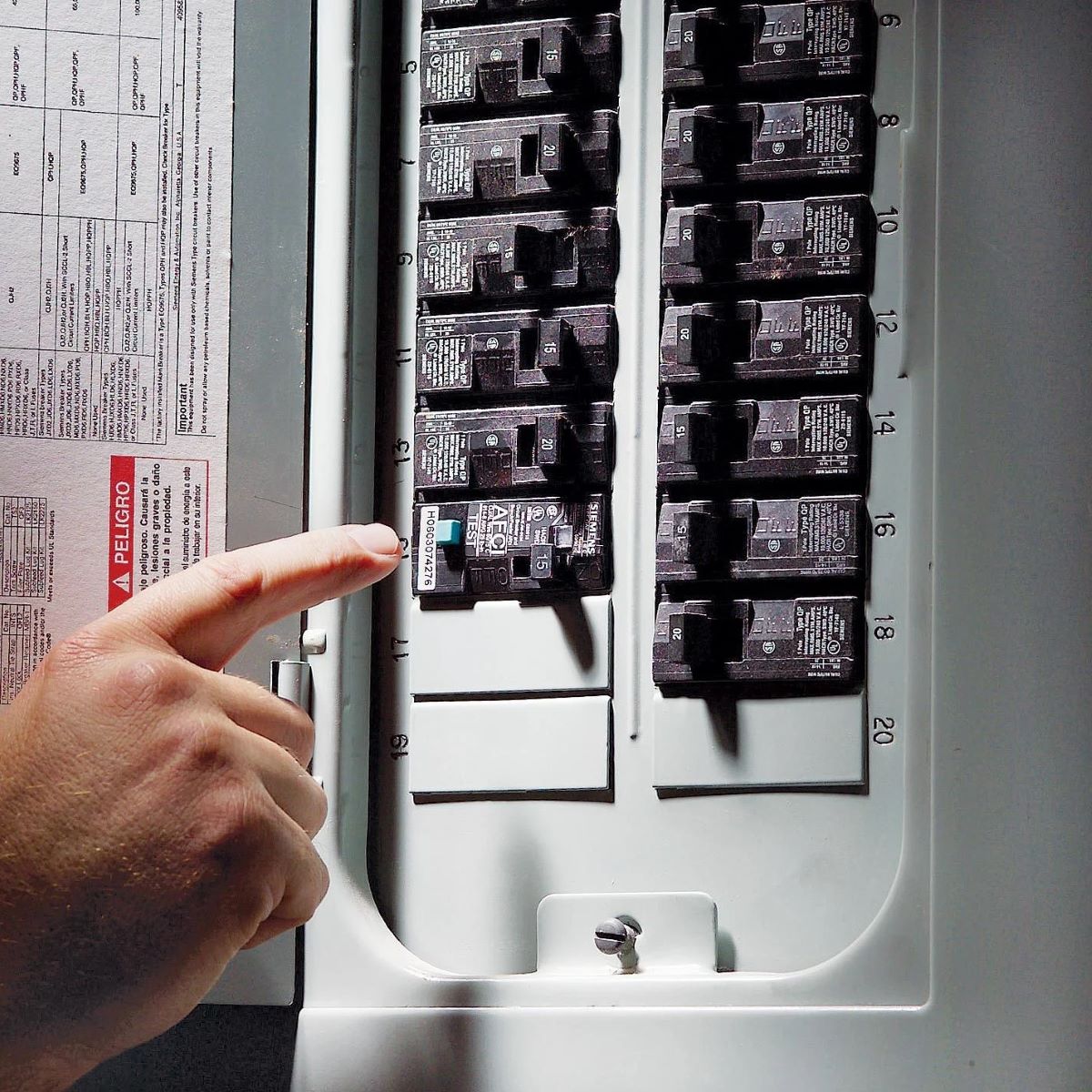
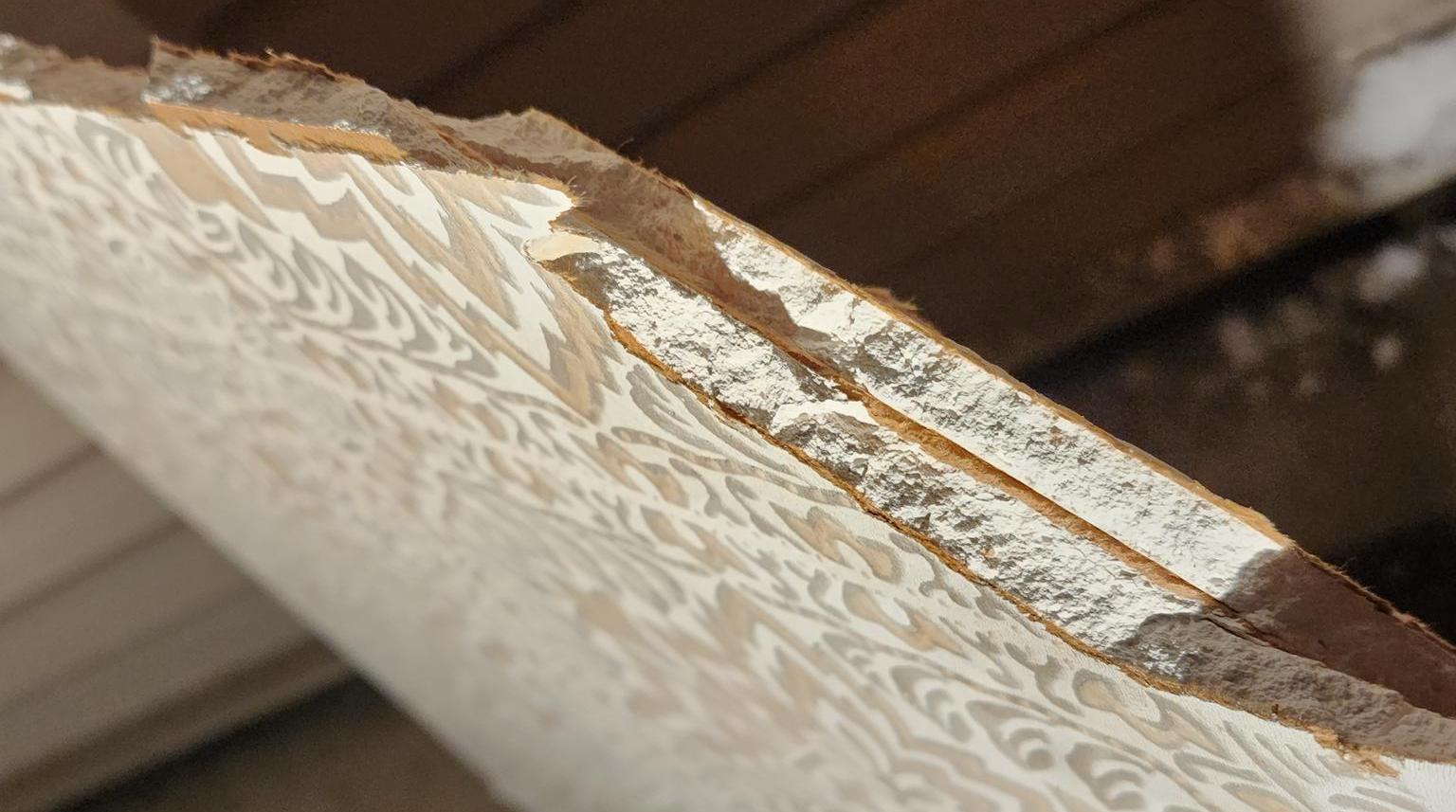
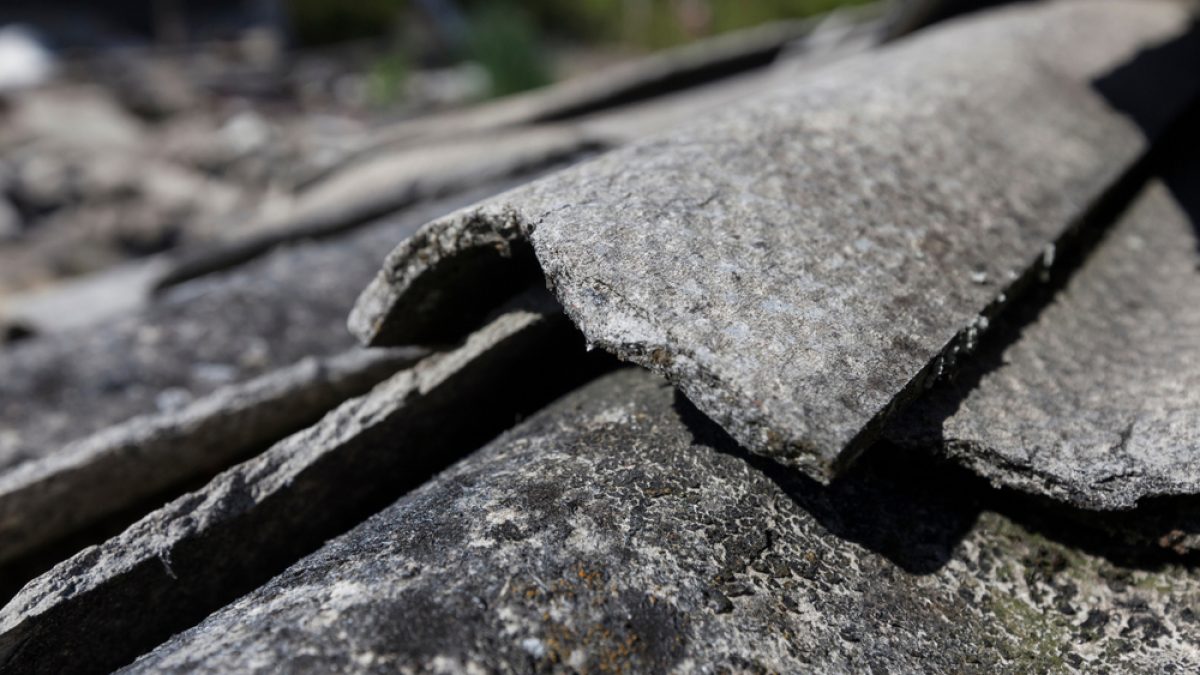


0 thoughts on “How To Identify Asbestos Duct Insulation”